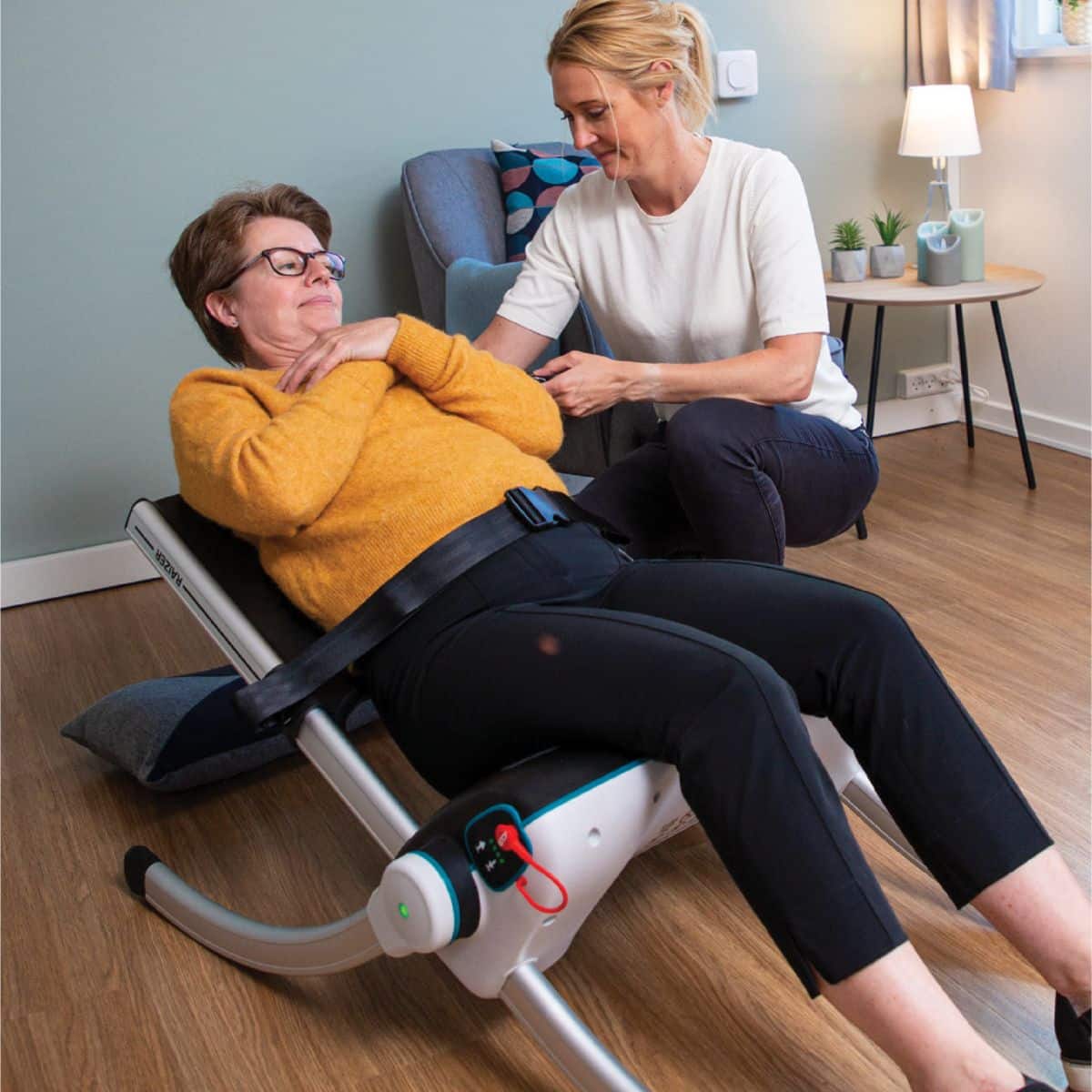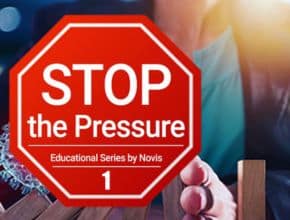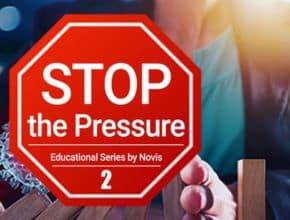
7 Reasons to Choose the Casero Duo Home Care Bed
Read more
7 Reasons to Choose a ProCair Prime
Read more
7 Reasons to Choose the Raizer 2 Lifting Chair
Read more
Stop The Pressure
Pressure injuries typically appear in the form of a sore, or ulcer, on areas of the skin that are regularly exposed to pressure. These injuries are commonly referred to as pressure ulcers, pressure sores, and bedsores. Find out more in this article
Read more
Pressure Injuries: Who Is At Risk?
In this article we will discuss common causes and why these painful sores can be tough to treat.
Read more